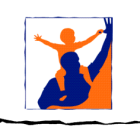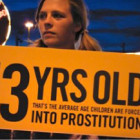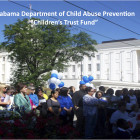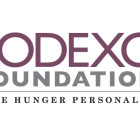
As the New Legislative Session Begins, One Bill Looms Above the Rest
|
Monday marks the first day of the 2012 session of the Georgia General Assembly and while many bills will be considered and debated on the floor of the state Capitol, for those interested in juvenile justice, one piece of legislation gets all of the attention. The juvenile code rewrite, in the form of two separate bills, SB 127 in the state Senate and HB 641 in the House, was reintroduced last year, working its way through various committees and stakeholder meetings. This year, advocates are guardedly optimistic the code rewrite, officially known as the Child Protection and Public Safety Act, will pass the Legislature and land on Gov. Nathan Deal’s desk for a signature. “That’s our objective,” said Voices for Georgia’s Children Executive Director Pat Willis. “We have great support from the sponsors and committees where the tough work gets done.”
But, there is still work to be done, says Julia Neighbors, JUSTGeorgia Project Manager at Voices for Georgia’s Children and a lead on the code rewrite.








